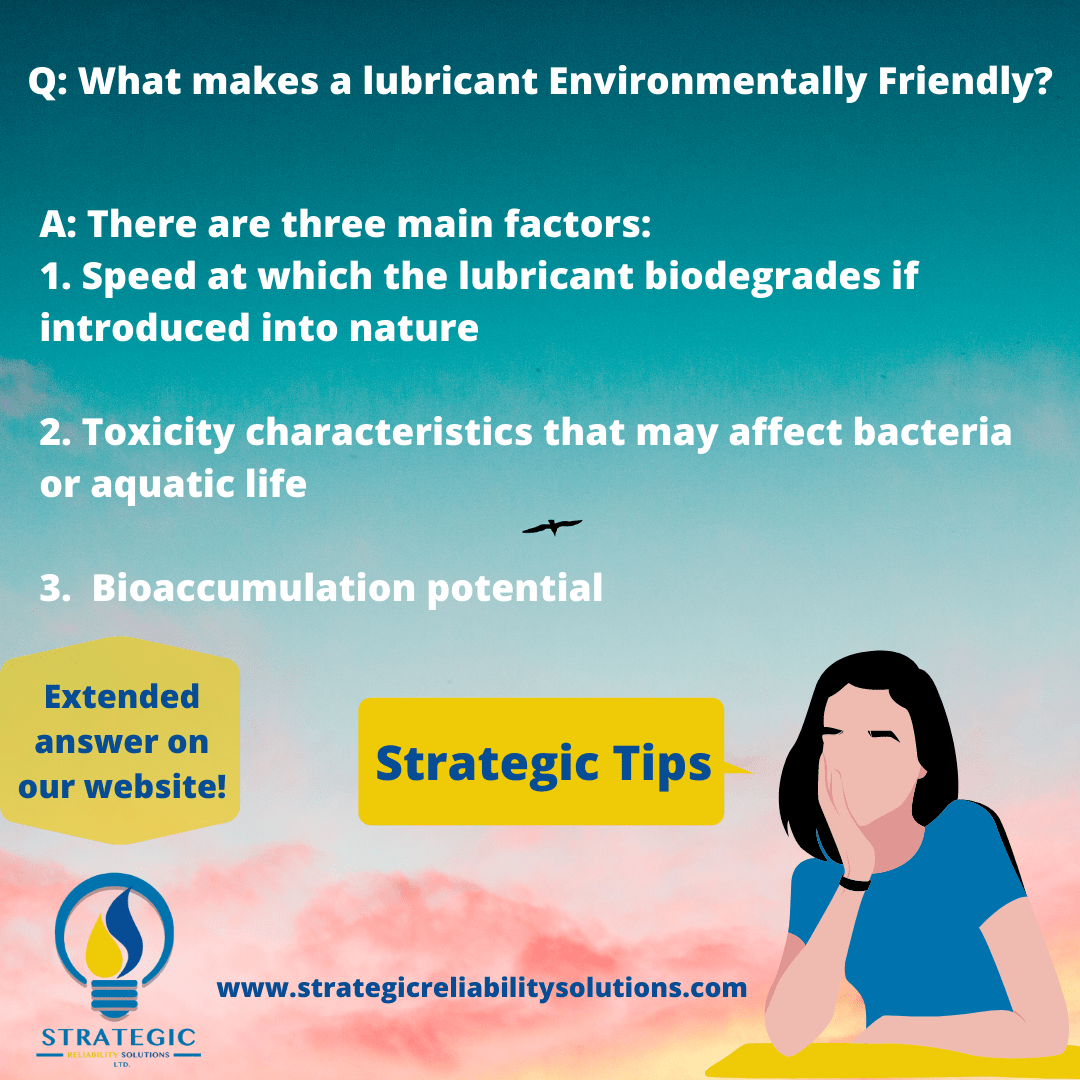Here is a table that shows the different groups.

Reference: Lubrication Fundamentals Second Edition, Revised and Expanded. D.M. Pirro, A.A. Wessol, Chapter 2.
Group I: <90% Saturates, ≥0.03% Sulphur, Viscosity Index: 80 to 120
These were characteristically the most popular initially since they were relatively inexpensive to produce (solvent refined) and used in non-severe, non-critical applications. This Group has more double bonds (carbon) which allows for an increase in stability of the carbon chain.
Group II: ≥90% Saturates, ≤0.03% Sulphur, Viscosity Index: 80 to 120
These are hydrocracked and higher refined. However, due to hydrocracking, the double bonds are reduced greatly which decreases the stability of the carbon chain. (A lot of turbine users would have noticed this change around 2010 when most Group I base oils were replaced by Group II base stock. These users saw increased varnish as the oils did not have the level of solubility that they did before!).
Group II+: (yes, this exists!) These have VIs of 110-120 with improved low temperature and volatility Characteristics.
Group III: ≥90% Saturates, ≤0.03% Sulphur, Viscosity Index ≥ 120
There is an argument that this group should be placed in the synthetic category. However, by definition, this group is the severely hydrocracked and highly refined crude oil which can be used in semi-synthetic applications as it has similar properties to that of synthetic oil. These are also called synthesized hydrocarbons.
Group III+: These have VIs approaching (or in some cases exceeding) those of synthetic PAOs (some even go above 140). They are also very pure with almost non-existent levels of sulphur, nitrogen, aromatics and olefins. Typically, Gas to liquid base oils can be found in this group as it approaches the Group IV categorization.
Group IV: Polyalphaolefins – these are very stable, uniformed molecular chains where there is a reduction in the coefficient of friction. Most are formed through oilgomerisation.
Group V: Ester and other base stocks not included in Groups I-IV such as silicone, phosphate esters, PAGs, Polyol esters, Biolubes and Naphthenics.
References:
- Chemistry and Technology of Lubricants 3rd Edition, Chapter 1, R.M. Mortier, M.F. Fox, S.T. Orszulik)
- Lubrication Fundamentals Second Edition, Revised and Expanded. D.M. Pirro (Exxon Mobil Corporation Fairfax, Virginia), A.A. Wessol (Lubricant Consultant Manassas, Virginia). 2001.












